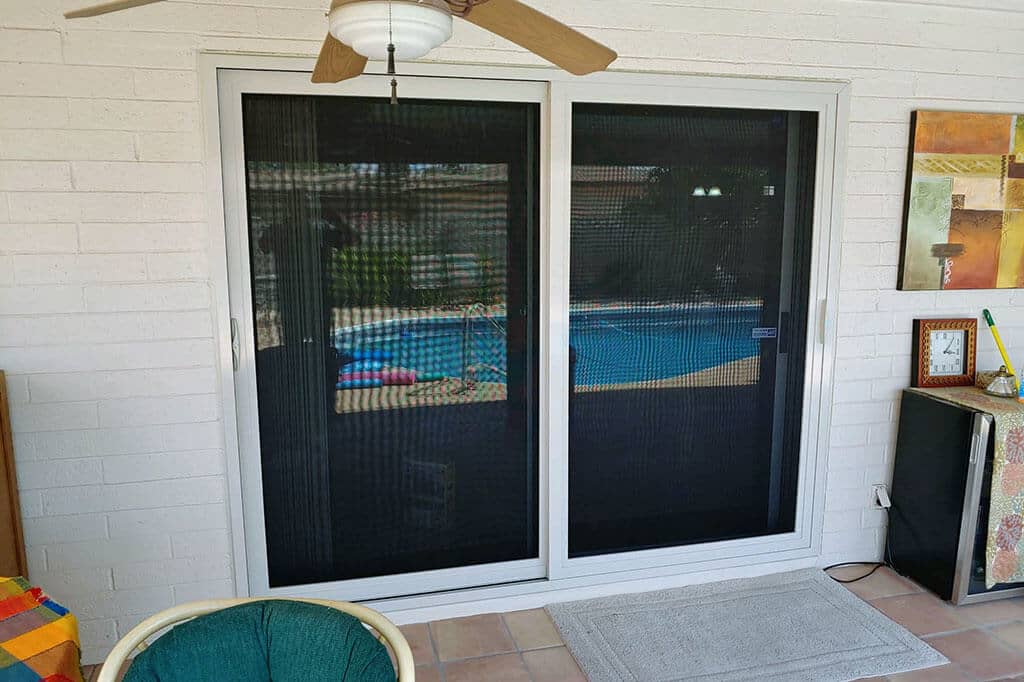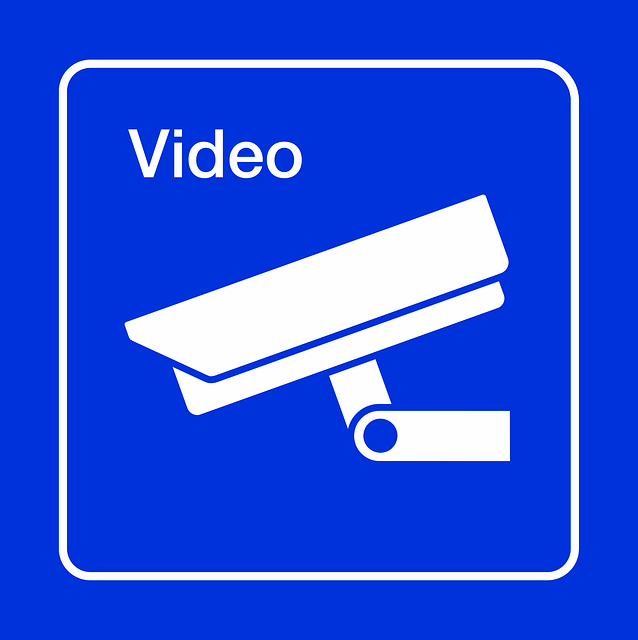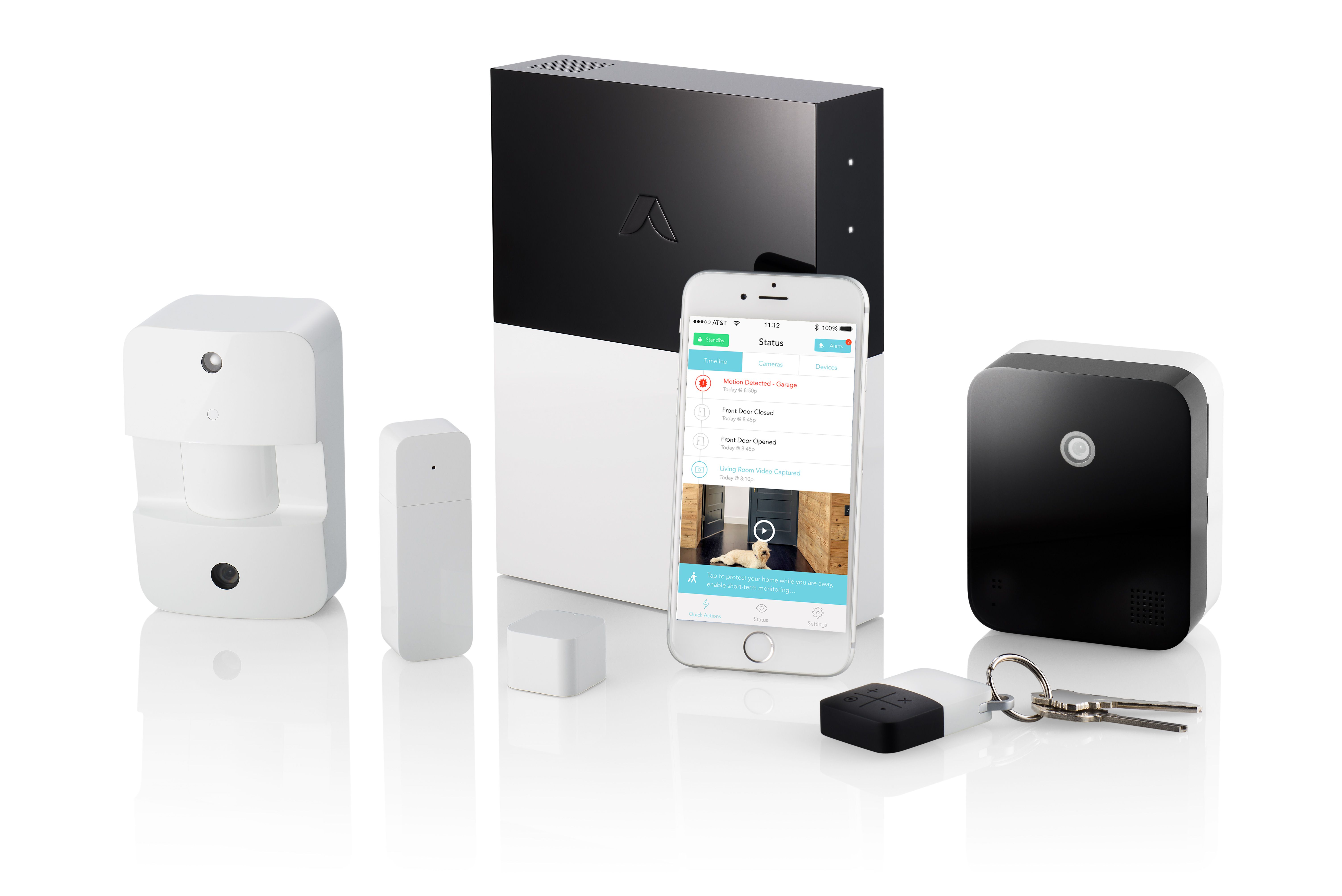
A secure door brace is an affordable and effective way to add an extra layer of security to your home. They can prevent a burglar opening your door from outside, or keep it open if someone steals a key.
Many different door braces are available on the market. Knowing what features to look out for will help you choose which one is best suited for your house. You should think about the type of floor you'll be installing it on and how easy it will remove if required.
What to Look for When Choosing a Door Brace
What is most important in a door brace? Its security. A good door brace can withstand 1,800 pounds, meaning it will resist kick-ins as well as sledgehammers and battering rams.
Placement - The strongest brace can be placed in the middle of a door where people tend to kick and hit it. You should also think about where the most vulnerable part of the door is, especially when force is applied to the opposite side.

Installation: The door brace must be easy to use without the need for tools or a professional. Consider how easy it will be to remove the door brace once you are done.
Floor Bolt Locks
A floor bolt lock is the most common way to secure inward swinging door. The floor bolt lock is a vertically sliding bracket that attaches to the bottom of the door. The bolt is then slid into a steel bracket which is installed flush on the floor.
This system offers a high level of resistance and is suitable for front, back, and entryway door. They are available in a variety of sizes and can be used on either wood or concrete floors.
The size of the bolt can make a difference in how secure the barrier is against an intruder. The smaller bolts are a great option for bedrooms and hallways, while larger bolts provide better security on front and back doors.
Barricade Bar Systems
Barricade bars are used to secure inward swinging doorways for many thousands of years. The barricade prevents the door from opening and three-sided brackets are placed on either side of the door.

This is a very popular option because it's inexpensive, easy to install and remove when you are done. The barricade has a durable and rust-free material, while the brackets can be easily removed.
The ONGARD is a strong door brace and has been independently tested to withstand 1,800 pounds of force. This is a great choice for high-traffic doors in residential areas. It will also stop the majority of violent intrusions.
OnGARD's door brace can be used in homes, offices and hospitals. It is also ideal for dorm rooms and municipal buildings. It is easy to deploy, easy to maintain, and can withstand up to 380-650 pounds of force, which means it can stop most break-ins and give room occupants valuable time to call for help. It also comes with a warranty that is in writing.
FAQ
What is the difference in surveillance and security cameras?
Surveillance cameras may be used to monitor, but security cameras can also be used to protect.
Each camera has its advantages and disadvantages. They capture different types of images. Surveillance cameras record video in slow motion, so you can watch what's happening in real time. Security cameras however, record video but not still photos. These images can be viewed later.
Are motion sensors capable of triggering alarms?
The popularity of motion sensor alarms has increased over the years due to rising thefts and break ins. These alarms are too costly and won't work in cabinets. But if you want your home to be protected from intruders, a motion detector alarm system is worth looking at.
Which Home Security Systems Are Unhackable?
The answer to this question depends on how you define hacking. Hacking is the unauthorized access to computer systems, networks, and data. Because they don't contain software that allows remote control, most home security systems can't be hacked. They won't let anyone enter your home without permission.
Some home security systems can be hacked by anyone who has access to the internet. These systems require a password in order to function. If someone knows the password, he can hack them.
Can I put in a security cam by myself?
Yes! You can install a home alarm yourself if you know what you're doing. If you don’t have the skills to do it yourself then you can hire a professional to help you.
What is the cost of a home security system?
A good home security system can cost about $2,500. Although it may seem expensive, the benefits of a secure and safe home are worth every penny.
Can ADT hackable?
ADT security system is among the oldest home alarm systems today. ADT Home Security System continues to be considered the safest option by many customers. Its reputation for being reliable and dedicated to protecting homes against fire and burglary is something they trust.
Hackers can also infiltrate organizations, as with everything, and take down trustworthiness. Hackers are able to infiltrate networks at any moment and steal sensitive information. When a hacker successfully infiltrates your network, he gains access to everything stored on the computer as well as the ability to change important settings of the software and hardware. Hackers can, for instance, delete files and change passwords. It's important for you to remember that hackers could still try to access your house by stealing files, changing passwords, or deleting files. Make sure you have the right information to help protect your system.
What is the best home surveillance camera?
You should invest in a home security system that includes cameras to protect your family and property from potential criminals. These systems can be used by both homeowners and renters easily and offer many benefits. They allow you to monitor your home remotely from any smartphone, tablet, laptop, or other mobile device.
Statistics
- Depending on your insurance, 24/7 professional monitoring may qualify you for as much as 15% off your premium. (safewise.com)
- (In my experience, the discount on my home insurance covered about 25 percent of the subscription of an average plan, but your mileage may vary depending on your location and the size of your home.) (theverge.com)
- Depending on your insurance, 24/7 professional monitoring may qualify you for as much as 15% off your premium. (safewise.com)
- Most home security companies will charge you around 75% of the remaining term of your contract if you cancel early—and some require 100%.Related questionsWhat type of contract length can I expect from security providers?Home security system cancellation (safewise.com)
External Links
How To
How to Install a Home Security System
A home security system is a device that monitors your property and alerts you if there's any activity. It could include a motion sensor or doorbell camera, smoke detectors, flood alarms, carbon monoxide detectors, burglar alarms, and flood alarms. A home security package usually includes one or more sensors (e.g. a motion detector), which send signals whenever they detect sound or movement. The signals are then sent to a control panel where they're monitored and recorded. If there's something wrong, like someone breaking into your house, the control panel sends out an alert to your phone, tablet, computer, or voice assistant. You will immediately be notified and can take appropriate action.
Selecting the right sensors for your home is an important step in installing a home security alarm system. There are two types of sensors available: active and passive. Passive sensors don’t require batteries. They only pick up sounds, vibrations and other signals from their environment. These sensors include sirens, buzzers, and doorbells. Active sensors use electricity for data transmission. Some examples of this kind of sensor are cameras and motion sensors.
There are many different brands of sensors available today. Each brand has its own pros and disadvantages. Some sensors are waterproof, others are not. Some of them have built in speakers so that you can still hear them from outside. Others are only for use inside. Some have simple features, while others provide advanced features like night vision.
Once you have chosen the right type of sensor for your property, it is time to select a manufacturer. This will ensure that your sensors are compatible. You should find plenty of choices at your local hardware shop.
After you have chosen a brand, you will need to decide how many sensors you wish to purchase. Depending on whether someone lives alone or with their family, most people buy one to two sensors. If you are planning to add sensors later on, you may consider purchasing additional sensors.
Next, you'll need to figure out where you want to place your sensors. Are you looking for them to be near doors or windows? Or do you prefer having them hidden away? Before placing them around your property, you should get permission. It is important to ensure they do not interfere with electrical outlets.
After you've determined the location of your sensors, you will need a way that they can be connected to your control panels. Depending on your setup you might need to buy a power adapter and/or battery pack. Once you have everything set up, you'll be ready to monitor your property!